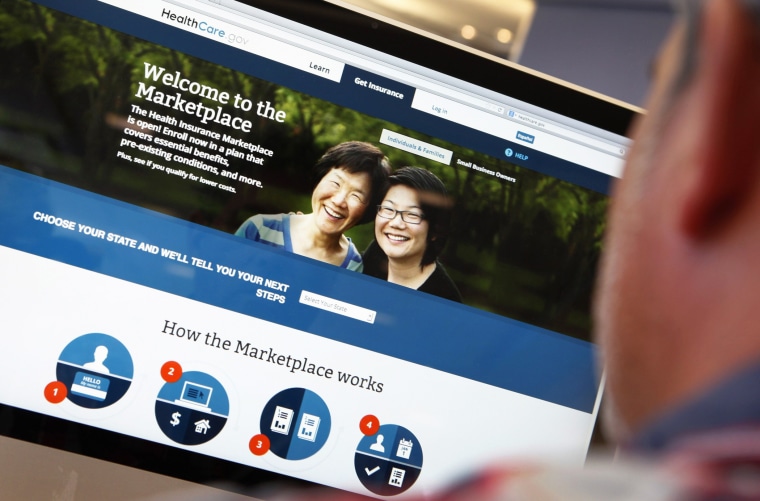In a Sunday morning conference call, administration officials detailed a series of software and hardware upgrades that they claim will create a "greatly improved consumer experience" throughout the Obamacare website. Jeffrey D. Zients, the management consultant and former budget director tapped to oversee the rescue operation, said healthcare.gov can now smoothly handle 50,000 simultaneous users, up from just 500 in October, enabling at least 800,000 to register every day. [...] In a "progress and performance report" released during the call, the administration said that its 400 software fixes and hardware upgrades had cut the delays that users experience from an average of eight seconds in late October to less than one second today. Over the same period, the proportion of users getting error messages has fallen from 6% to less than 1%. And the system is now up and running 95% of the time -- up from just 43% in early November.
Did the ACA pass its physical?
The Obama administration promised swift action on healthcare.gov, vowing an improved process by Nov. 30. How'd they do in meeting their self-imposed deadline?

In many political controversies, disputes are binary. Candidates either win or they lose. Bills either become law or they fail. Litigants either win in court or they lose.
When it comes to the politics of health care, however, questions tend to be answered in degrees. Even in early October, when healthcare.gov was overwhelmed and the open-enrollment period got off to an awful start, some folks were able to get through and sign up for coverage through the federal exchange. But the system was nevertheless a mess for most consumers, and the Obama administration promised swift action, vowing an improved process by Nov. 30.
That was Saturday night. How'd the administration do in meeting its own self-imposed deadline? Pretty well, though the degrees still matter.
The full report from HHS is online here.
To ask whether the website is "fixed" isn't quite right, at least as far as the administration is concerned. Rather, the question is whether the website is vastly improved, and by that metric, the White House has reason to be pleased.
The site is running smoother; capacity has soared; there are far fewer error messages; downtimes have been almost eliminated; and monitoring systems have been put in place to make trouble-shooting faster and more efficient going forward. If administration officials want to tell the public that they turned things around and met their deadline, they can certainly do so honestly.
But -- and you had to know a "but" was coming -- that doesn't mean healthcare.gov has gone from a 100% failure to a 100% success. Glitches persist, work continues, and back-end issues related to data sent from the site to insurers -- the so-called "834" problems -- remain an important area of concern.
The site remains, in other words, a work in progress. Is "much better" good enough to end the feeding frenzy? It's a subjective question, but by any fair standard, those condemning the website as a "diaster" should probably update their talking points.
Zients told reporters yesterday, "Bottom line, healthcare.gov on December 1st is night and day from where it was on October 1st." Whether that eases the severity of the political crisis remains to be seen, but it should give the White House some breathing room, and far more importantly, it will help Americans sign up for health care benefits now and in the months to come.